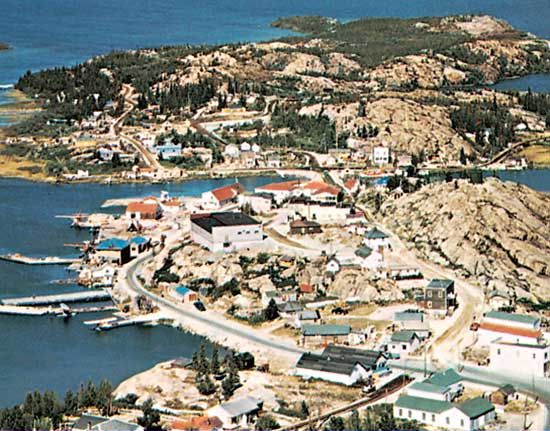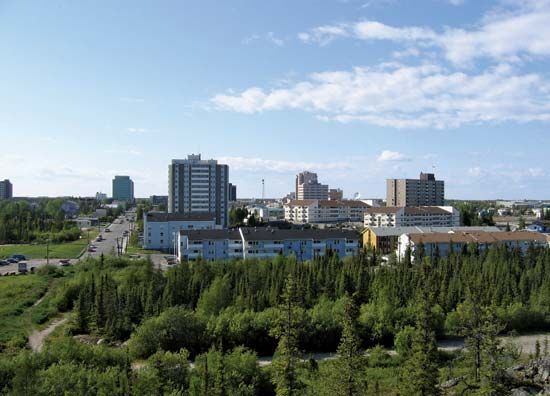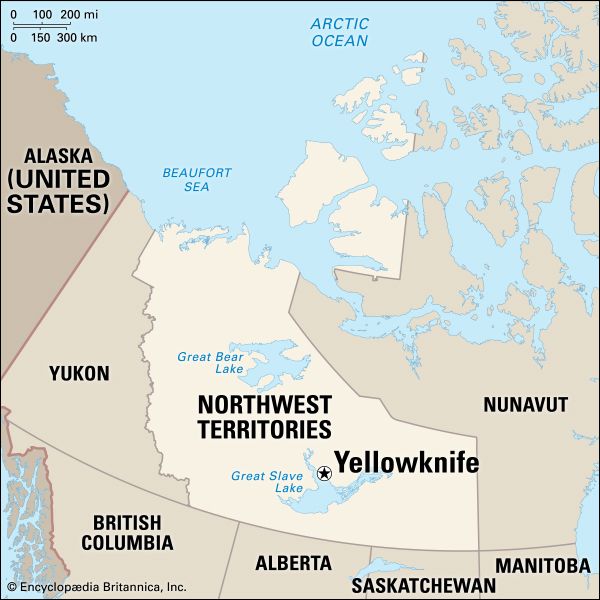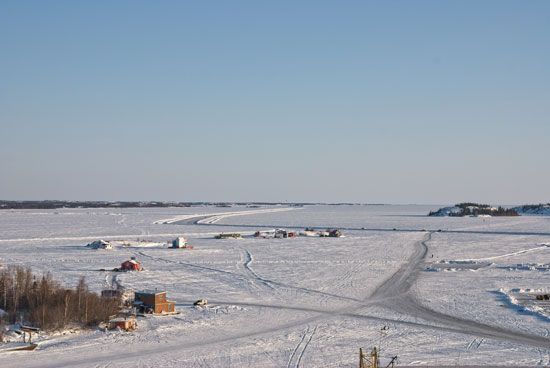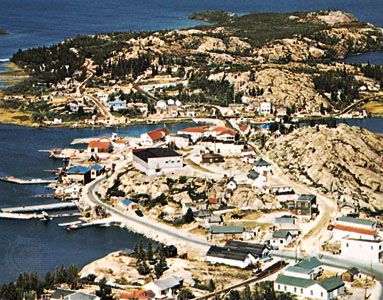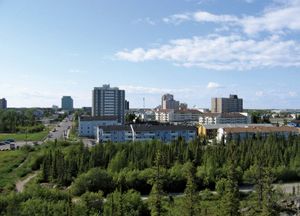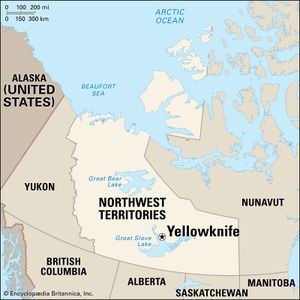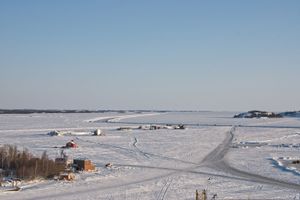Yellowknife
News •
Yellowknife, city and capital (since 1967) of Northwest Territories, northwestern Canada. It lies on the north shore of Great Slave Lake, 5 miles (8 km) south of the mouth of the Yellowknife River.
It was founded in 1935, one year after gold was discovered in the area, and derived its name from the Yellowknife band of Athabascan Indians. During the early years of World War II, the demand for gold declined, and the city’s economy suffered. Following a second major gold discovery in 1945, several large mines were in operation, although the last one closed in the early 21st century. Reserves of diamonds discovered in the surrounding region have been mined since the mid-1990s. In addition, tourism is of growing importance to the local economy. Power is provided in part by a hydroelectric station on the nearby Snare River.
The city is the largest community and the chief administrative, commercial, and educational centre in the territories. Yellowknife is linked by highway around the lake southward to Hay River and to cities in Alberta. In winter these roads are supplemented by roadways across the frozen lake. Inc. city, 1970. Pop. (2006) 18,700; (2011) 19,234.

